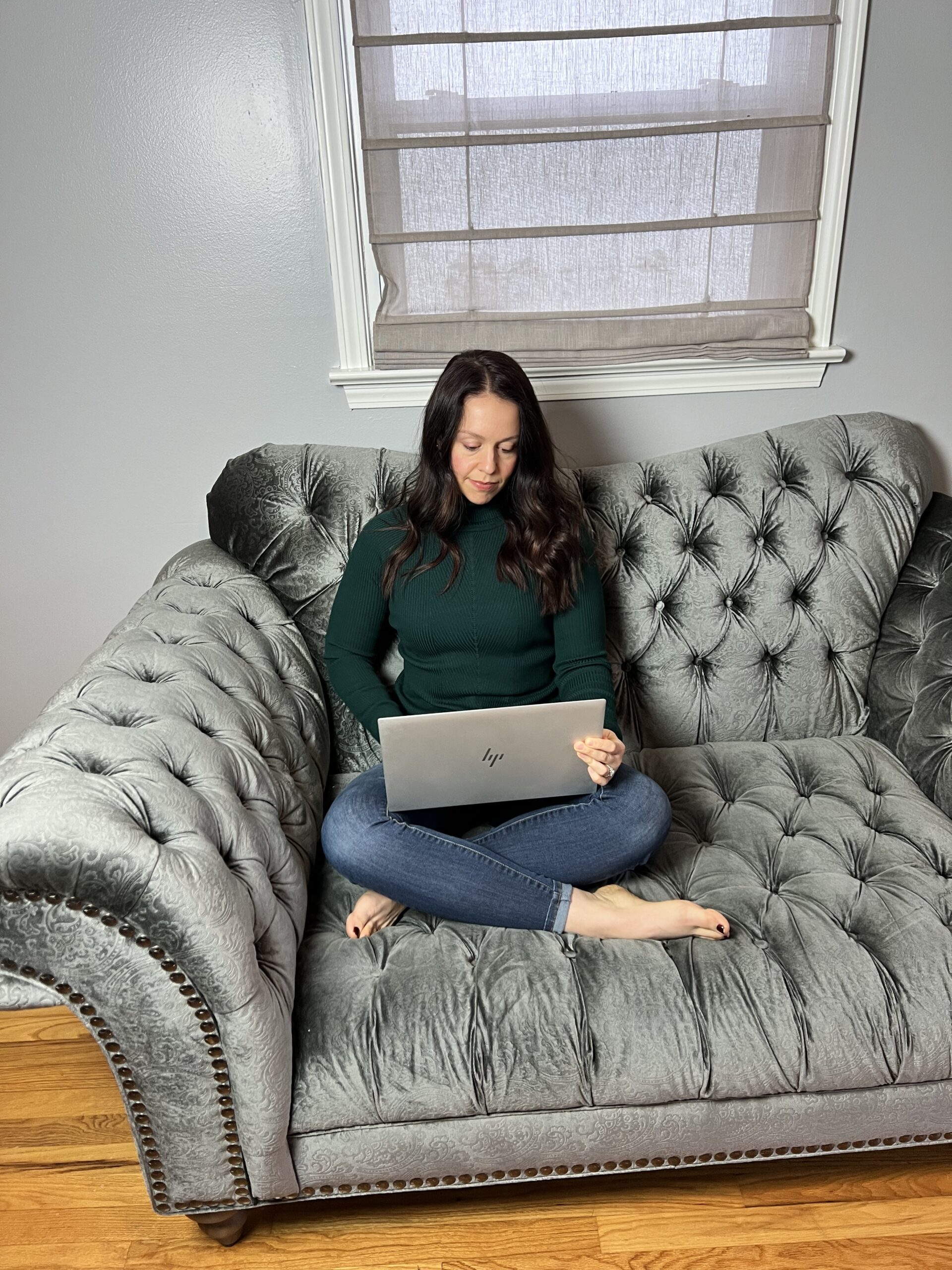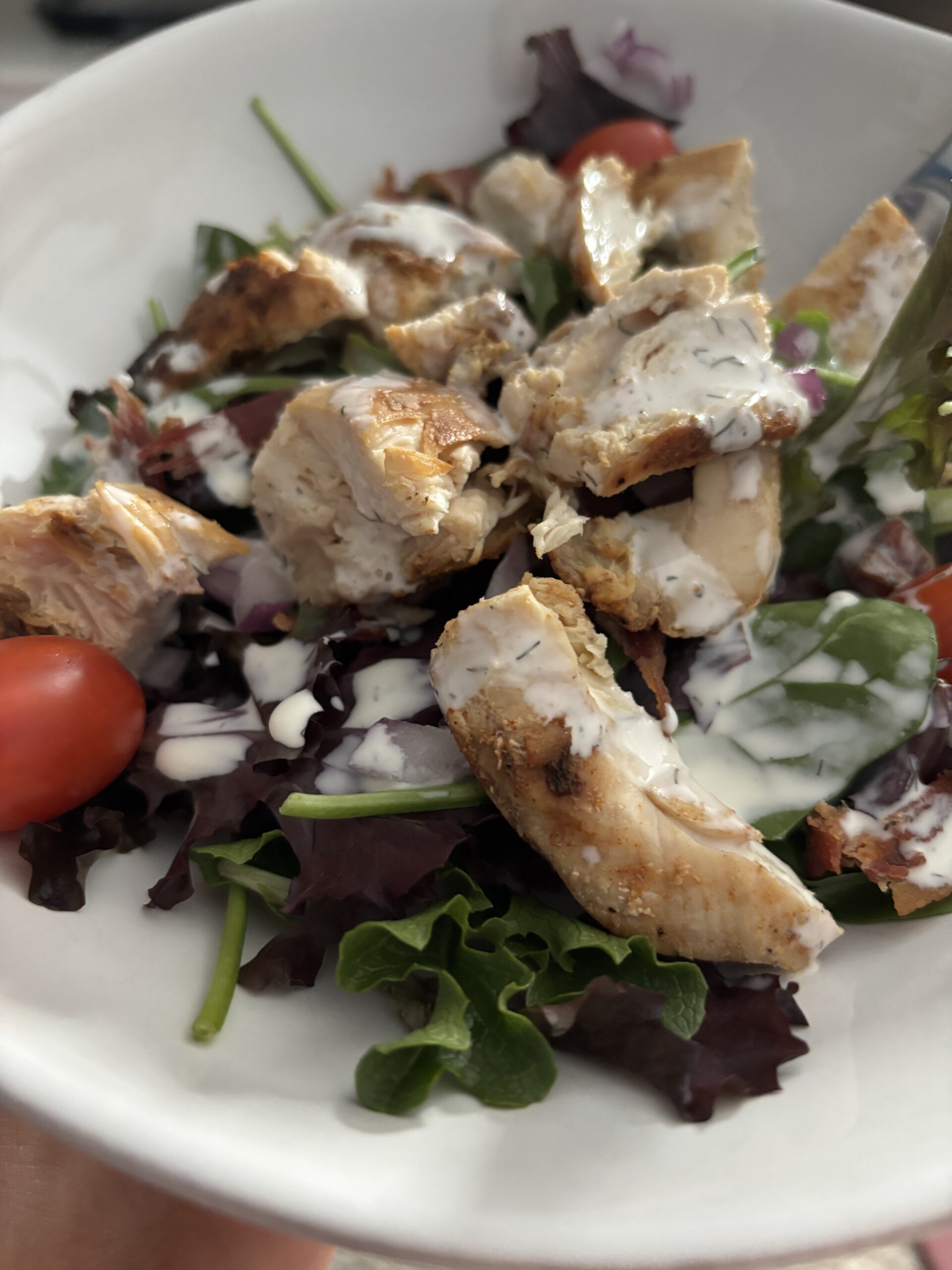Why is something as natural as the sun such a polarizing subject?
There are many conflicting narratives about the sun. On one side, the sun is good for you and if you eat the right things your skin will never burn. In fact, you need the sun to provide you with Vitamin D. On the other side, the sun is terrible for you and one sunburn probably means you will develop skin cancer. Sometimes hearing the different narratives can cause us to freeze and avoid making decisions. It seems like every decision is wrong in some way. But I think if we better understand the topic and avoid making extreme choices out of fear, we can make a better and more confident choice. If we break down these different narratives and dig into the research, everyone can make the decision that’s most sensible and realistic for themselves and their family.
UV radiation: how does it work?
The sun constantly emits radiation. Since we live on earth and are exposed to the sun, we are also exposed to some of that radiation. There are a lot of different types of radiation, but the sun emits three types. It emits visible, ultraviolet (UV), and infrared (IR). The visible spectrum is how we see different colors in our everyday life and is not harmful. The infrared light doesn’t make it through the earth’s atmosphere, so it’s not a concern. Lastly is ultraviolet, which is what the rest of this post will focus on.
The UV spectrum breaks down further into UVA, UVB, and UVC. UVC is the most dangerous type but the Earth’s ozone layer fully absorbs it. This means we are not exposed to it. The UV radiation that reaches the Earth is approximately 5-10% UVB radiation and 90-95% UVA radiation. Looking at the demonstration below, it gives us a visual representation of our skin layers and how each type of UV radiation impacts our skin.
Let’s start with UVB rays. UVB rays can easily penetrate through water, but not through clouds and windows. These rays penetrate through to the epidermis (top layer of skin). Within this layer (the basal layer specifically), the UVB rays trigger melanin production. Genetics determines the amount of melanin a person has from infancy. The amount of melanin is what causes your skin to be a certain pigment. If you’re consistently exposed to UVB rays, your body is smart, and it will trigger additional melanin production to help protect your skin from these rays. This is partially the reason you have a tanned appearance if you have consistent sun exposure in the summer. However if you’re heavily exposed to the sun all at once, your body cannot produce enough melanin within that short time to protect yourself, and this is how you get a sunburn.
UVA rays on the other hand can penetrate through water, clouds, and windows. These rays also penetrate deeper through to the dermis (middle layer of skin). UVA rays activate melanin already in the epidermis (top) layer, but do not trigger the production of more melanin. This activation of melanin also contributes to a tanned appearance. Due to the deeper penetration of UVA rays, they are the primary cause of long-term photoaging of the skin. This includes things like wrinkles, fine lines, hyperpigmentation, etc.
Can we be exposed to too much UV radiation?
There are a lot of good things that UVB rays can do for us. One of the most important includes playing a primary role in Vitamin D synthesis. Although Vitamin D is incredibly important, there is good reason for the cautionary warnings around spending too much time in the sun to prevent sunburn and skin cancers.
UVB rays are primarily responsible for sunburns (scientific name: erythema). This is due to the sun’s rays triggering a reaction in the body. The bodily reaction releases inflammatory markers like histamine, serotonin, and prostaglandins. This inflammatory release leads to the development of sunburn. While there are a lot of contributing factors to skin cancer development, sunburns are a major one. How many sunburns, what age(s) you were when you were sunburnt, and how bad your sunburns were are all important factors in understanding your risk for developing skin cancer.
Types of skin cancer
There are three main types of skin cancer: melanoma, basal cell carcinoma (BCC), and squamous cell carcinoma (SCC). You may recognize basal and squamous from our earlier review of the skin layers! BCC is most common, followed by SCC, and then melanoma. BCC is a non-melanoma skin cancer and typically has a lower mortality risk but a higher risk for aesthetic skin concerns. Although BCC is thought to be more common than any other cancer in the United States, it is not tracked with as much diligence as melanoma. It can cause aesthetic concerns, but is generally treatable. SCC is also a non-melanoma skin cancer causing aesthetic concerns but rarely leading to death. Melanoma has a higher mortality risk, is one of the top 10 cancers diagnoses for men and women in the United States, and thus is the most severe type of skin cancer.
Can we prevent skin cancer?
So, what causes skin cancer? Skin cancer typically develops due to a combination of sun exposure and genetic factors. Genetic factors like skin color, age, and familial history of cancer all have an impact. Overall, you’re going to be at higher risk for skin cancer if you’re classified as a “sun-sensitive population” which typically means light-colored skin that easily burns in the sun. If you have any type of previous cancer diagnosis, it also puts you at higher risk of developing skin cancer. Lastly, if you participate in indoor tanning you are at a higher risk for developing skin cancer.
SCC is most common with indoor tanning. The risk of developing SCC increases the younger you were when you started tanning. Non-melanoma skin cancer (BCC and SCC) are typically associated with chronic, cumulative exposure in the sun, particularly for those who have outdoor occupations and are routinely exposed. Melanoma is most common with inconsistent exposure and history of sunburns, particularly at a young age, as well as those who have outdoor occupations in UV-intense areas. What I found to be most interesting is that there appears to be a higher correlation in developing melanoma for children who grew up in low-UV exposure areas. The theory behind this is due to intense, but intermittent exposure throughout their childhood. This resonated with me as someone who grew up in Ohio and spent a week sunburnt at the beach almost every summer.
Guidelines for sensible sun exposure
There are clearly important reasons for why we need sun exposure. Vitamin D performs important functions in our body and protects us from many diseases. On the other hand, we don’t want too much or too intense sun exposure so we don’t get skin cancer. I don’t think there’s one perfect formula for every person, but hopefully this information will be helpful in making your own informed decision about what is best for you and those you care about.
As we wrap up, here are my guidelines for sensible sun exposure and getting the right amount of Vitamin D while avoiding skin cancer, but maybe you’ve decided on different guidelines based on the research above! I’d love to hear your stories or how your guidelines differ in the comments below.
- Avoid sunburns! If you’re getting sunburnt, you’ve likely already hit your Vitamin D quota for the day. Avoiding sunburns is particularly important for children. How do we avoid sunburns? For adults, I think we can all estimate how long we can last outside before we start burning. For me, I know if I spend 45-60 minutes outside in a T-shirt and shorts mid-day in the summer I will start burning. So I target spending about half that time out in the sun before making sure I protect myself with either clothing or sunscreen.
- Protect your face regardless! Your face is one of the more sensitive areas of your body and is one of the most likely places to get skin cancer. It’s best to always keep your face protected.
- After you’ve had some unprotected time to soak up that Vitamin D, protect yourself! Whether that’s adding a light layer of clothing, putting on sunscreen, or sitting in the shade, it’s important to prevent sunburns in any way you can.
SOURCES:
- https://www.europeanreview.org/wp/wp-content/uploads/98-112.pdf
- https://www.sciencedirect.com/science/article/pii/S0002916523235935?via%3Dihub
- https://www.ncbi.nlm.nih.gov/pmc/articles/PMC6978633/
- https://www.ncbi.nlm.nih.gov/pmc/articles/PMC5036351/
- https://www.ncbi.nlm.nih.gov/pmc/articles/PMC8709188/








